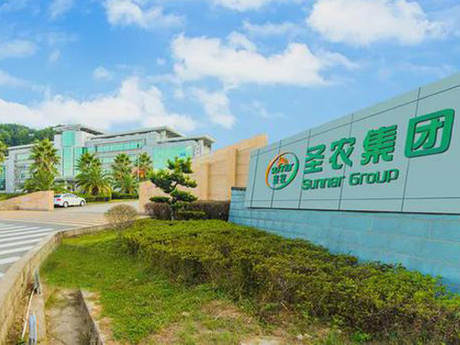1、 Overview of Papaya Powder dryer
The papaya powder dryer uses 95 ℃ hot water as the drying medium, For liquid paste materials (For example, various fruit and vegetable purees) undergo flash drying, with moisture content ranging from 90% to 5%. The drying time is only about 5 minutes, while conventional heat pump drying, hot air drying, and freeze-drying require more than 12 hours or even longer. Therefore, when drying fruit and vegetable powder with liquid paste materials, 94% vitamin C and natural color, nutrition, flavor, and aroma can be maintained. The quality of the products produced is equivalent to that of freeze-drying products, but the energy consumption is only 10% of that of freeze-drying Less than one.
2、Papaya powder dryer system features:
1) Low energy consumption;
2) For dry liquid materials, there is no need to pre-concentrated or processing of gum for raw materials, etc.;
3) Continuous operation and production
4) Low water consumption;
5) Easy to clean;
6) Simple control and easy operation;
7) Due to the use of flexible drying and high product quality, it can maintain the original color and fragrance;
8) Operations under low temperature and normal pressure conditions, greatly reduces the oxidation of the product;
9) The product has a high loosening dump density, which reduces packaging and transportation costs.
3、Papaya powder dryer Application advantages:
Suitable for paste, mud-shaped liquid material, especially the drying effect of thermal material.
1. Compact equipment, small volume, high production efficiency, and continuous production.
2. Drying strength, low energy consumption, and high thermal efficiency.
3. Fast drying speed, short material staying time, and high drying quality.
4. Gentle and fast drying process, retain the original product effective ingredients, and have the same quality effect as frozen and dry. The drying speed and cost are only one tenth.
4、Papaya powder dryer Principle:
The time of the Papaya powder dryer heating process can be short to only a few minutes. The ingredients in the materials in the drying process are exposed at a gentle heating temperature, which can reduce the component loss of the material, and the product has a good sensory quality. Spray drying, as a process of indirect drying, the product does not directly contact the heat transfer medium, and there is no cross -pollution; the state requirement of the dry material is not high; the processing water is in circulation use, and the heat is mainly transmitted to the material through infrared radiation, which improves energy utilization rate.




















